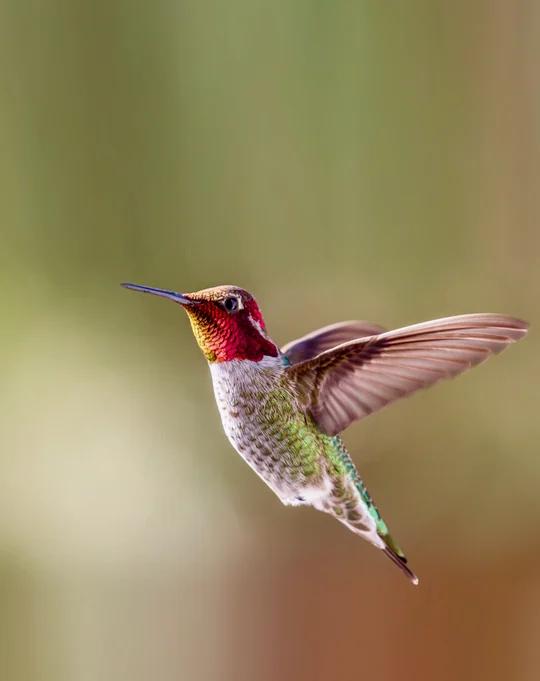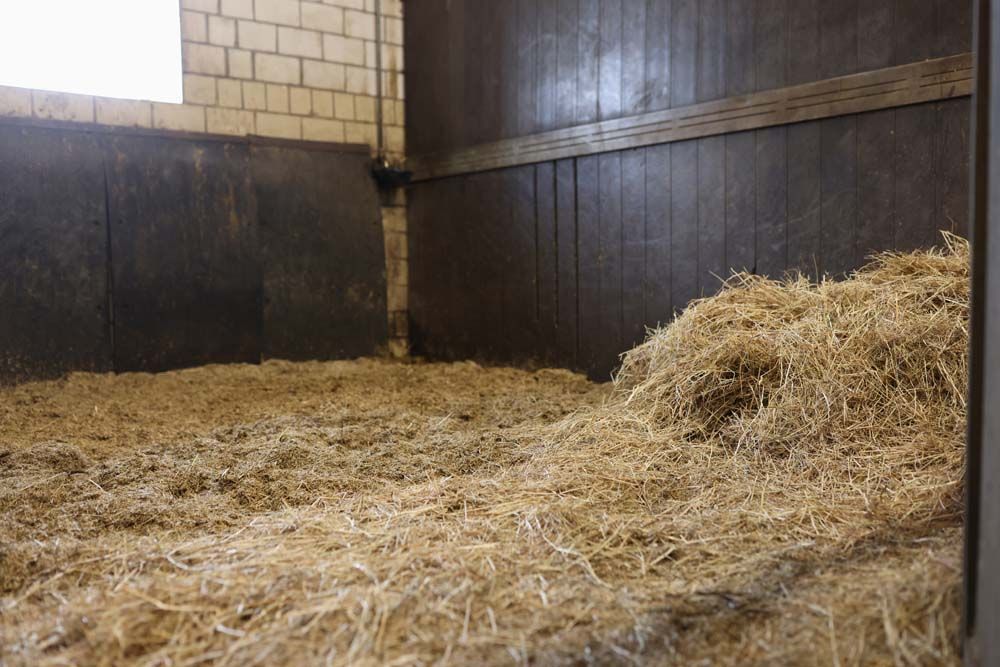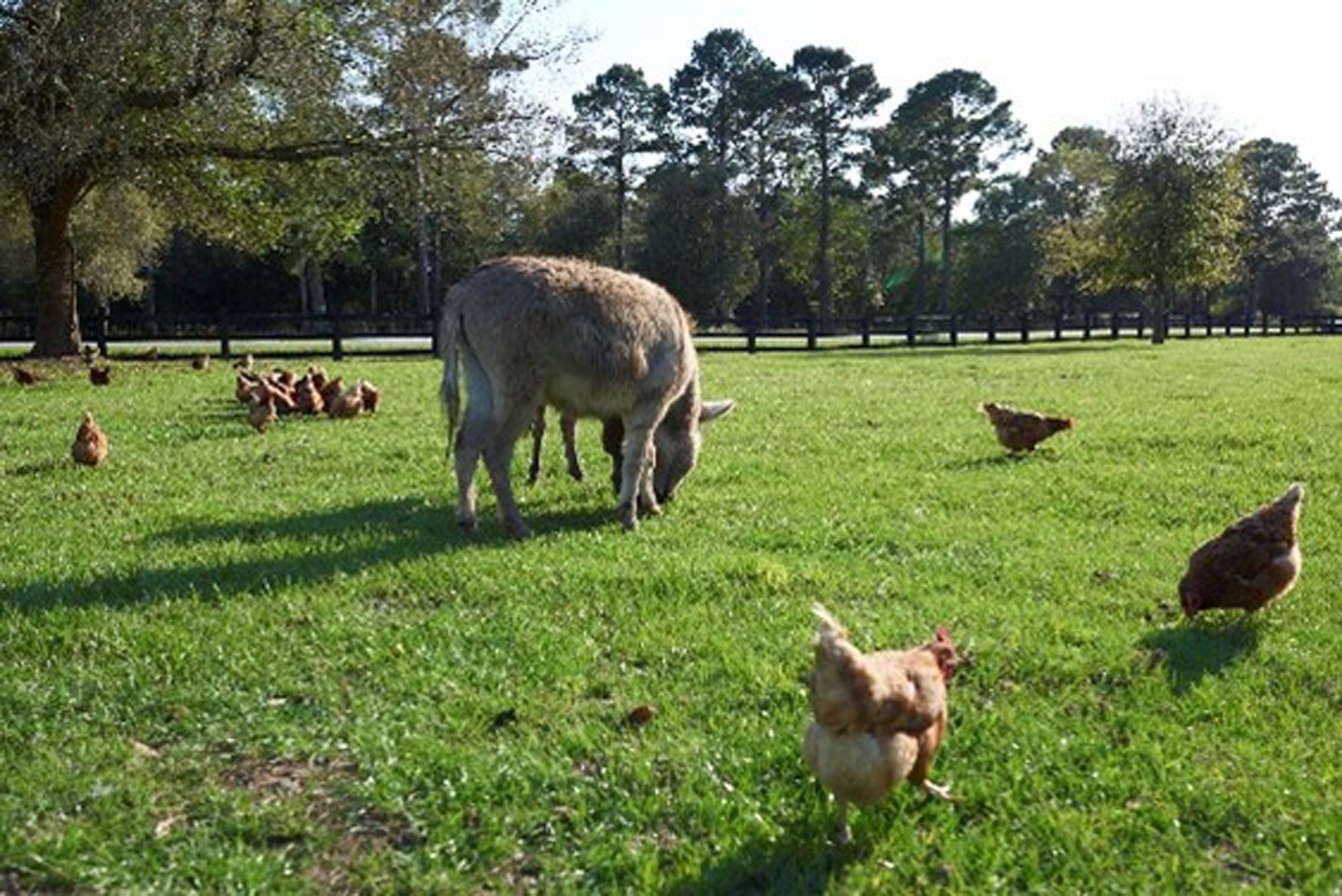Hello, Hummingbirds!


7 tips to enjoying hover-bird happiness
You’re enjoying a sunny summer afternoon in your garden, watching the flowers sway, listening to the whisper of the wind and the chirping of crickets…and the intense humming of a swooping hummingbird, intent on its next nectar meal! Hummingbirds are a delight to have around and there’s a lot to know and love about these little-but-fierce birds—let’s take a look:
1. The hummingbird garden
Attracting hummingbirds to your garden isn’t difficult. Hummingbird feeders work wonders, but it’s possible that you’ll see some hummers visiting your garden just for the flowers and veggie blossoms that you already plant.
Hummingbirds have some definite preferences and favorite flowers, so planting certain species will naturally increase your chances to draw them. In particular, hummingbirds seem to enjoy the color red, and they often like flowers with rather long shapes that make excellent receptacles for their long beaks.
Some hummingbird flower favorites include:
- Bee balm (this is very popular in our garden!)
- Petunia
- Columbine
- Daylilies
- Iris
- Sage
- Honeysuckle
Hummingbirds also enjoy a mixture of trees, bushes, and open areas.
2. Prepare for battle
Once local hummingbirds find out about your feeders and garden, prepare to watch out! Fierce (relatively speaking) battles of swooping, darting, and furious squeaking are bound to follow, as energetic male hummingbirds squabble loudly over prime territory. These comical interactions can add a lot of fun to your time in the garden.
3. Pollinator power
In their effort to extract the tasty nectar from flowers, hummingbirds inadvertently pick up pollen on their bodies and transport it quite effectively to other plants, aiding in the plants’ reproduction. You already attract bees and other pollinators to your garden for this purpose, why not hummingbirds?
4. Pest control
Hummingbirds are also pretty good insect hunters! Sure, we all know they consume flower nectar, but they obtain a lot of protein by chasing down mosquitoes, ants, aphids, and wasps, as well as spiders! It’s a good trade-off: some bonus pest control around your garden in exchange for a few special flowers and feeders.
5. Brilliant flight
At a glance, on can see that hummingbirds are uniquely nimble in the air—able to travel up and down quickly and make tight turns. They can also hover (perfect for grabbing that midday nectar snack), fly upside down, and even fly backwards!

Hummingbird flight is unique within the avian world and in some ways is more reminiscent of insect flight. Hummingbirds can do all of this thanks to their amazingly maneuverable wing joints that can rotate 180°, and the ability to beat their wings at a crazy-fast rate—50, 80, or even more beats per second (this is where the hum comes from).
6. Energy hogs
All of that fancy flying is possible because of a hummer’s high heart rate, metabolism, and respiration. To power all of that activity, hummingbirds use the high-energy sugars in flower nectar (or the water/sugar mix in your feeder) to keep moving. They require many “meals” throughout the day, sometimes eating every ten minutes!
7. Hummingbirds at rest
Hummers may work and play hard, but they also bring a new meaning to the phrase “power nap.” Careful observers may notice hummingbirds sitting quietly after dark. To conserve energy at night, hummingbirds slow down all of their normal body functions, lowering their number of heartbeats and their metabolism—a sleep state that’s a type of hibernation called torpor. You may see a hummingbird sitting very quietly, or even find them hanging upside-down by their feet, or slumped in a lethargic way.
Remember, there is no “one-size-fits-all” when it comes to hummingbirds. While many species prefer the warm tropics, there are still many species commonly observed in North America, especially in the south. Research what species are common in your region, and start watching!
About the author
Samantha Johnson writes about the happy things in life—pets, home, family, food, and gardening—and thinks Mondays are the most wonderful day of the week. She fills her rare spare moments by crafting to-do lists and fulfilling the commands and demands of her bossy Corgi. View her portfolio at samanthajohnson.contently.com
The National Zoo tells us more
https://nationalzoo.si.edu/migratory-birds/hummingbirds
Get additional facts about the smallest bird species
Tags:Country Critters

Acreage Life is part of the Catalyst Communications Network publication family.













